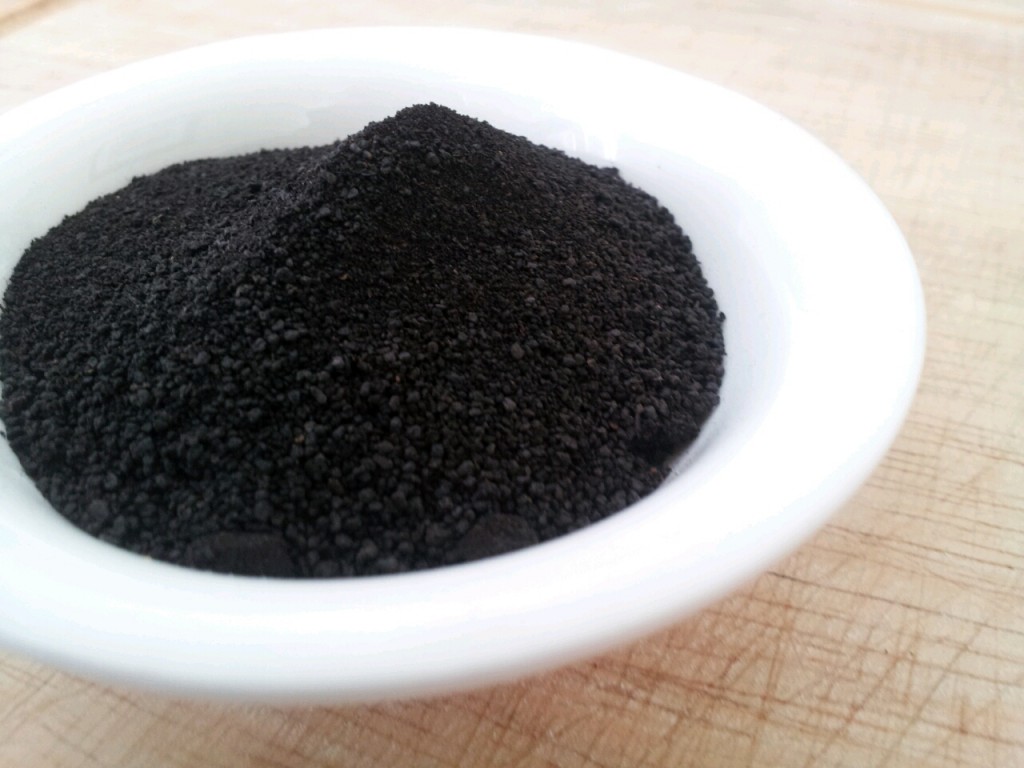Shilajit, the Rock-Invincible

Author Kathryn Herbert; Ayu Ct P, RYT 250 with Dr Sachin Kotalganor; MD (India) Ayu Physician DPU, IAA Secretary SHILAJIT, or Silajatu as it translates from Sanskrit to mean “rock invincible”, is Mineral Pitch collected from the mountainous ores found in the Himalayan region and is known also as Moomie (Russian). The ancient science of […]
